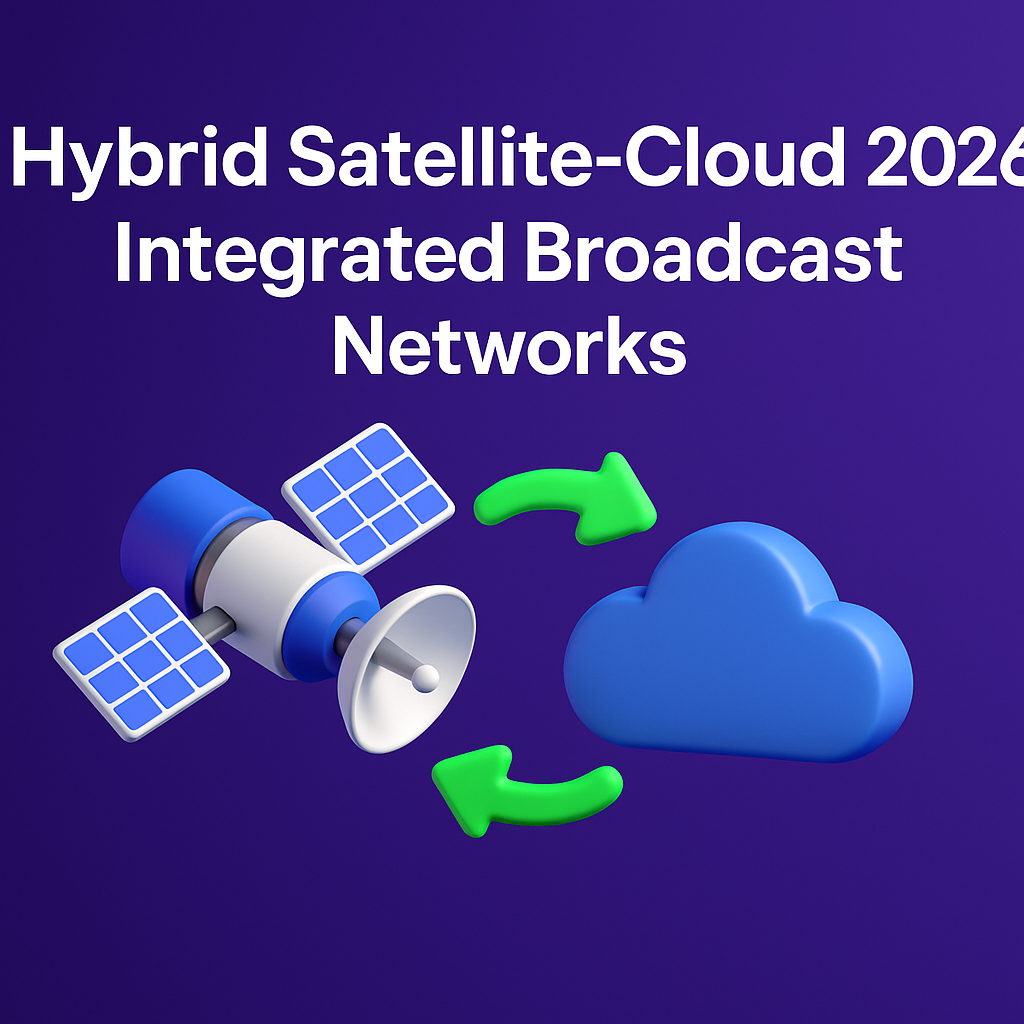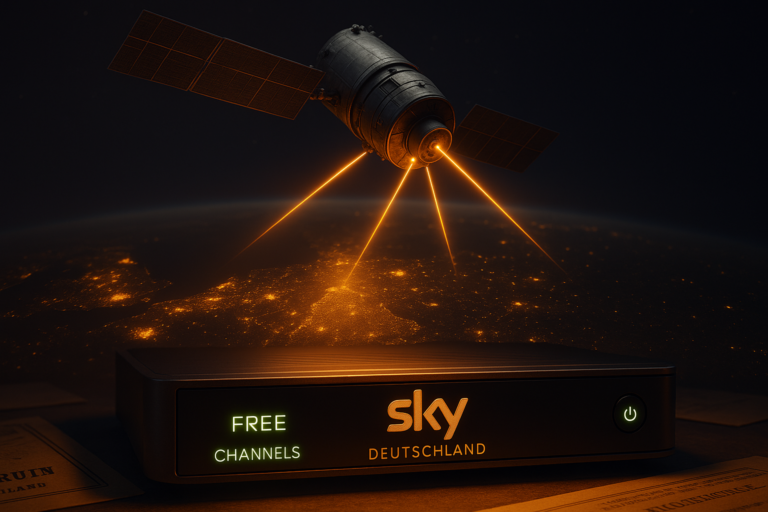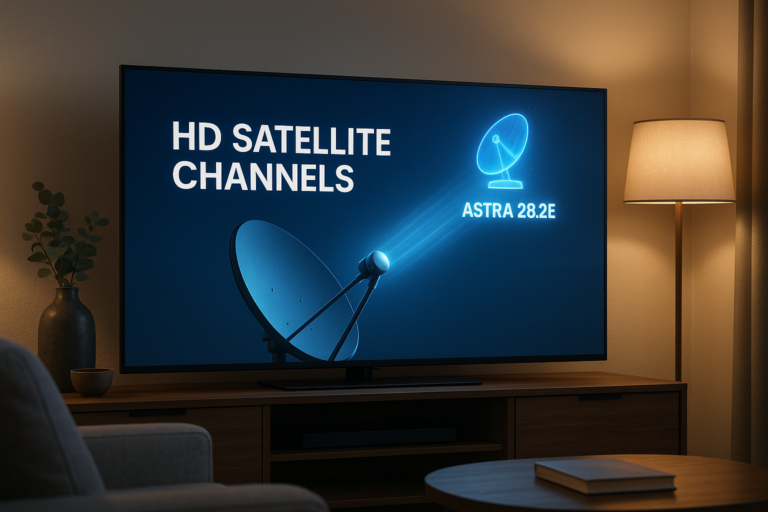Hybrid Satellite-Cloud 2026: Integrated Broadcast Networks

Hybrid Satellite-Cloud 2026: Integrated Broadcast Networks
Estimated reading time: 8 minutes
In 2026, the world of broadcasting is being transformed by the rise of hybrid satellite-cloud integration. This cutting-edge system merges the global coverage of satellites with the intelligence and flexibility of cloud computing — creating a new standard for speed, scalability, and reliability in content delivery.
Major operators like Eutelsat, SES, and AWS Ground Station are pioneering these systems to deliver live video, IPTV, and data services through connected orbital and cloud infrastructures. The result: smarter broadcasting that learns and adapts in real time.
☁️ How Hybrid Satellite-Cloud Works
Traditional satellites transmit signals to Earth-based stations, which then distribute them to users. In a hybrid setup, satellites now communicate directly with cloud platforms, eliminating latency and reducing signal loss. This allows broadcasters to process, store, and stream content instantly from any global location.
By integrating AI-driven automation, cloud nodes can analyze real-time network performance, dynamically balancing the load across multiple satellites for optimal delivery efficiency.
⚙️ Benefits for IPTV and Media Networks
For IPTV services, hybrid networks mean faster transmission and seamless streaming. Broadcasters can now deliver 4K and 8K video feeds directly from satellites to viewers with cloud-assisted encoding and intelligent caching systems that reduce buffering and bandwidth waste.
Hybrid models also allow remote channels to operate without the need for large physical infrastructure — bringing world-class broadcasting to emerging regions and smaller media operators.
📡 The Role of AI in Integration
AI is the invisible bridge in the hybrid ecosystem. It continuously monitors satellite health, weather interference, and viewer demand, deciding whether to route data via orbit or the cloud.
This approach allows hybrid systems to self-optimize, automatically adjusting network paths to maintain top quality even during peak traffic hours or regional outages.
🟨 Reality Check
While hybrid systems bring unprecedented efficiency, their implementation requires advanced infrastructure and secure cloud management. Smaller providers may find it difficult to afford dual-platform setups without shared public cloud access.
Additionally, synchronization between cloud servers and satellites demands high-precision timing — an ongoing challenge for cross-continental networks.
🌍 The Future of Hybrid Broadcasting
By 2027, hybrid satellite-cloud systems will become the backbone of global content delivery. The European Broadcasting Union (EBU) is already testing unified frameworks that integrate space assets with public and private clouds for continuous streaming and data flow.
This evolution ensures that the future of broadcasting will no longer be limited by orbit, bandwidth, or geography — it will be intelligent, connected, and fully automated.
🟥 Final Verdict
Hybrid Satellite-Cloud 2026 represents the convergence of two worlds — the limitless reach of satellites and the precision of cloud computing. Together, they form the ultimate network: fast, flexible, and globally synchronized.
This is more than a technical upgrade — it’s the foundation of the future broadcasting era where AI and orbit work as one.






